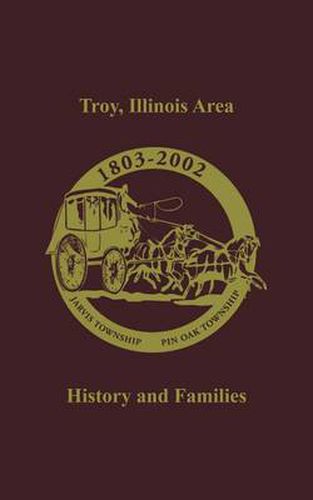Readings Newsletter
Become a Readings Member to make your shopping experience even easier.
Sign in or sign up for free!
You’re not far away from qualifying for FREE standard shipping within Australia
You’ve qualified for FREE standard shipping within Australia
The cart is loading…






Long before it was the site of shopping centers, corporate headquarters, and universities, Troy was a humble pioneer settlement comprised of farms and small knots of buildings at simple crossroads known as Troy Corners, Big Beaver, and Halsey Corners. School bells, church socials, and harvesting seasons punctuated the simple country lives of early Troy residents. The establishment of the Detroit United Railway in 1898 brought new opportunities to Troy settlers, rattling up Livernois daily and transporting passengers, milk, and freight between Flint and Detroit. By the end of World War II, Troy was rapidly changing. Subdivisions replaced farms, the township was incorporated as the City of Troy, and gracious homes and new businesses quickly replaced the clusters of clapboard structures. This book utilizes the remarkable resources of the Troy Historical Society and the Troy Museum & Historic Village to document and celebrate Troy’s development over the course of two centuries.
$9.00 standard shipping within Australia
FREE standard shipping within Australia for orders over $100.00
Express & International shipping calculated at checkout
Long before it was the site of shopping centers, corporate headquarters, and universities, Troy was a humble pioneer settlement comprised of farms and small knots of buildings at simple crossroads known as Troy Corners, Big Beaver, and Halsey Corners. School bells, church socials, and harvesting seasons punctuated the simple country lives of early Troy residents. The establishment of the Detroit United Railway in 1898 brought new opportunities to Troy settlers, rattling up Livernois daily and transporting passengers, milk, and freight between Flint and Detroit. By the end of World War II, Troy was rapidly changing. Subdivisions replaced farms, the township was incorporated as the City of Troy, and gracious homes and new businesses quickly replaced the clusters of clapboard structures. This book utilizes the remarkable resources of the Troy Historical Society and the Troy Museum & Historic Village to document and celebrate Troy’s development over the course of two centuries.